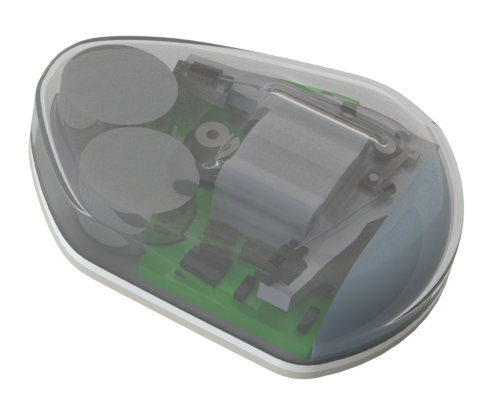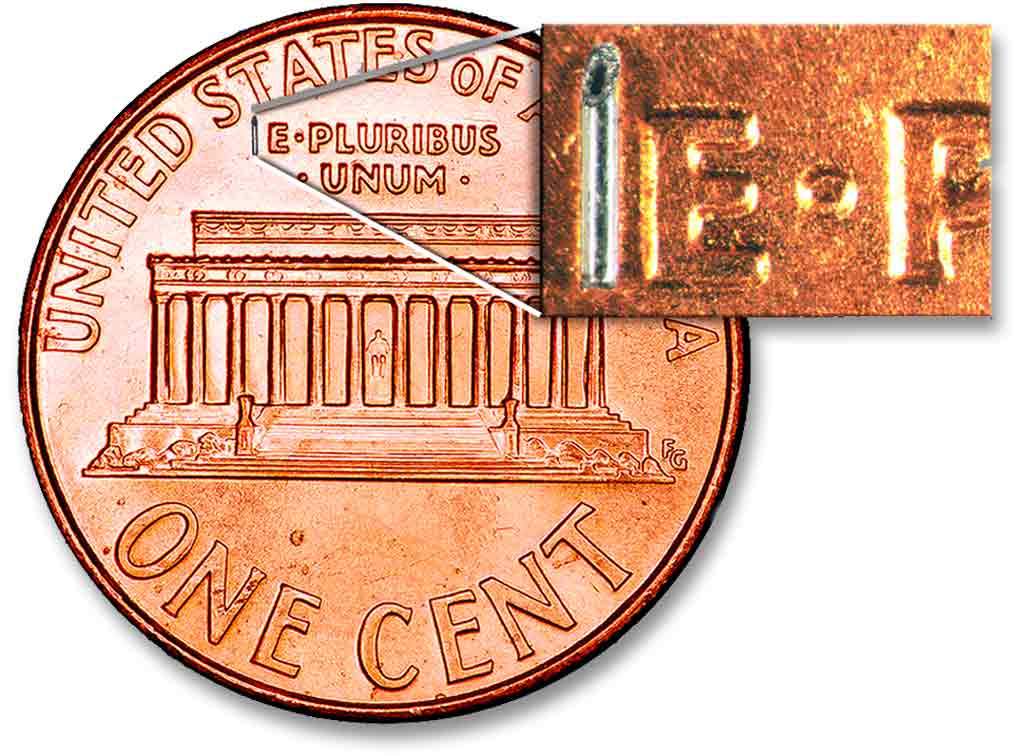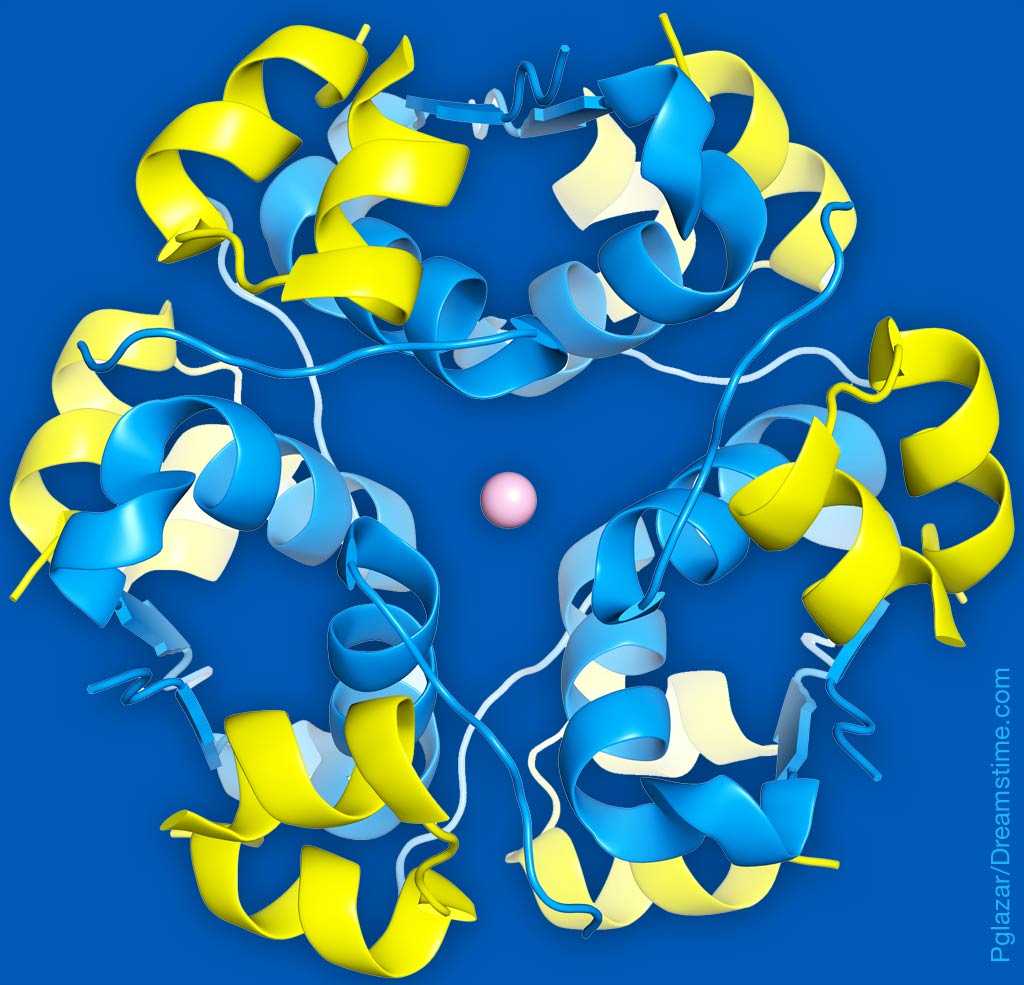Pump Innovator is Ideal Pharma/Device Partner

SFC Fluidics has used a succession of SBIR grants and a recent partnership with JDRF to develop a patch pump that complies with JDRF’s Open-Protocol Automated Insulin Delivery (AID) Systems Initiative.
I spoke with Tony Cruz, CEO, and Ashley Shemain, VP Business Development, of SFC Fluidics, Inc. headquartered in Fayetteville, Arkansas — http://www.sfc-fluidics.com. Both men are longtime colleagues with extensive experience in diabetes and medical devices.
SFC Fluidics has used a succession of SBIR grants and a recent partnership with JDRF (release) to develop an insulin patch pump with open-protocol communication capabilities. SFC hopes to file a 510K submission with the FDA in early 2020, with the plan to launch the pump into the market in 2020.
SFC’s pump platform uses hydraulic delivery rather than a stepper motor and plunger delivery system of insulin. Their novel mechanism allows for much more accurate insulin dosing while also allowing for a form factor that is smaller and much cheaper to manufacture than traditional pump delivery systems.
- Accuracy is vital because insulins are getting more potent and require higher precision dosing to be safe.
- The small form factor is important because it plays a major role in adoption, especially for children.
- Low-cost is essential to enable alternative go-to-market strategies, including subscription plans, and to get payers to adopt this patch pump for T2D insulin therapy. In this regard, SFC has worked for several years with Asahi Polyslider in Osaka, Japan to ensure high volume manufacturability of their miniaturized pump, sensors, and valves.
Current project initiatives include making insulin easier to load into the patch pump, developing intuitive control software, and ensuring the patch adhesive does not irritate sensitive skin.
The Company’s plans include an integrated CGM by 2022 and a dual-hormone patch pump by 2024. It is anticipated by SFC Fluidics that the patch pump in development could be tailored to work with non-insulin biologics outside the diabetes market.
The most recent SBIR Grant (release) will fund the development of the dual-hormone pump. In parallel, the company wants to develop a software API that complements JDRF’s Open Communications Protocol so existing diabetes smartphone apps could integrate controls for the patch pump into their solutions.
Third party apps that receive FDA approval for their dosing algorithms could use the JDRF Open Communications Protocol to control the SFC patch pump. For example, Tidepool intends to deliver Loop as a supported, FDA-regulated mobile app in the App Store. (release)
Technology firms often have a difficult transition from grant-based funding to commercialization. SFC seems to be on track to make this occur, and they highly value the expertise and relationships that JDRF is bringing to them.
We expect a savvy team at one of the insulin or medical device companies will partner with SFC as a great way to get to market quickly with a strategically powerful solution. A partnership is not farfetched since all three major insulin companies – Lilly, Novo Nordisk, and Sanofi – are investing in digital health and connected delivery devices and Lily announced its partnership with Dexcom (release) in November of last year.







